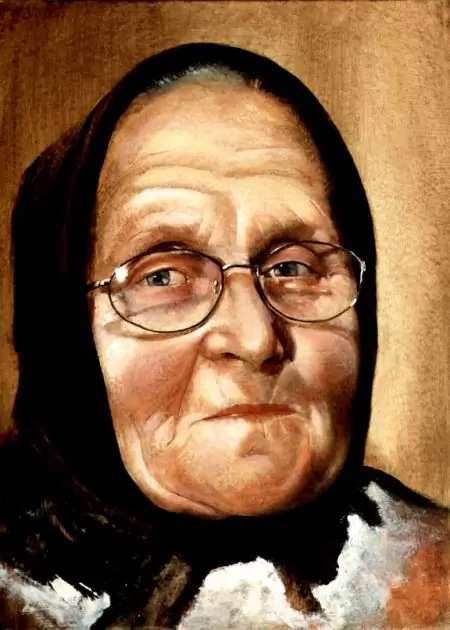The sitter's face, studied to the smallest detail, acquires new colors, reveals features invisible to an uninterested eye, mimic folds. When portraying a person, it is important to achieve similarity in everything: from the expression of the eyes to the folds on the shirt. If you really want to, the portrait can sparkle with colors, despite the fact that it is executed with one stick of sepia pastels.

It is necessary
- - a sheet of pale yellow pastel paper 55x38 cm
- - oil pastels "sepia"
- - turpentine
- - palette knife
- - ornamental knife
Instructions
Step 1
Sketch the head. Draw the outline of the head with the sharpened tip of a sepia oil pastel stick. Drawing light strokes with the side of the pastel stick, show the location of the eye sockets, mouth and the curve of the forehead with. Mark the nostrils and pupils of the eyes with the tip of a stick.
Step 2
Draw the neck. Sketch out the lines, as you work, checking its proportions with the proportions of the head. Make sure your head is in a natural position. Apply light short strokes on the shaded side of the face and neck. Use loose lines to show the outlines of the shoulders and the top of the garment.
Step 3
Add a subtle shadow. Use the remaining pastel on the fabric to add light shadows to the lower jaw and around the shirt collar. Refine the left nostril and the outline of the mouth with the pointed tip of a pastel stick, emphasize the eyes and eyebrows of the sitter. Go through your hair again.
Step 4
Deepen your tone. Rub the strokes of the pastel on your hair, then transfer the texture of the eyebrows and hair over the ear with the tip of the pastel stick. Deepen the shadow on the forehead by carefully rubbing the hatching. Apply the pastel tone on both sides of the nose, around the mouth and under the chin, rub lightly with a damp cloth. Add new strokes of pastel around the nose and chin, rub them with your finger.
Step 5
Draw shadows. Slightly deepen the shadow on the model's forehead and rub in the pastel strokes. If the applied tone is too thick, carefully remove the excess pastel with a palette knife.
Step 6
Add details. Rub in the pastel strokes for the hair above the model's ear, and add new pastel strokes to the hair on the right and top. Having sharpened the pastel strip, clarify the sitter's facial features - the eyes, the shadow lying under them, the fold from the nose to the mouth, the mouth itself and the area around the ear. Deepen with shading the shadow cast by the shirt collar, rub it with a damp cloth.
Step 7
Work on your facial features. Use the pointed tip of a pastel stick to define the contours of the sitter's collar and right shoulder. Add a bit of tone under the chin, refine the folds around the nose and in the corner of the sitter's mouth. Describe the shape of his ear in more detail. In order to depict light reflections on the lips of the sitter, remove some pastel paint with a palette knife. Draw bold lines that convey the texture of the hair. The drawing is ready.






